Modern Rodding TECH
InTheGarageMedia.com
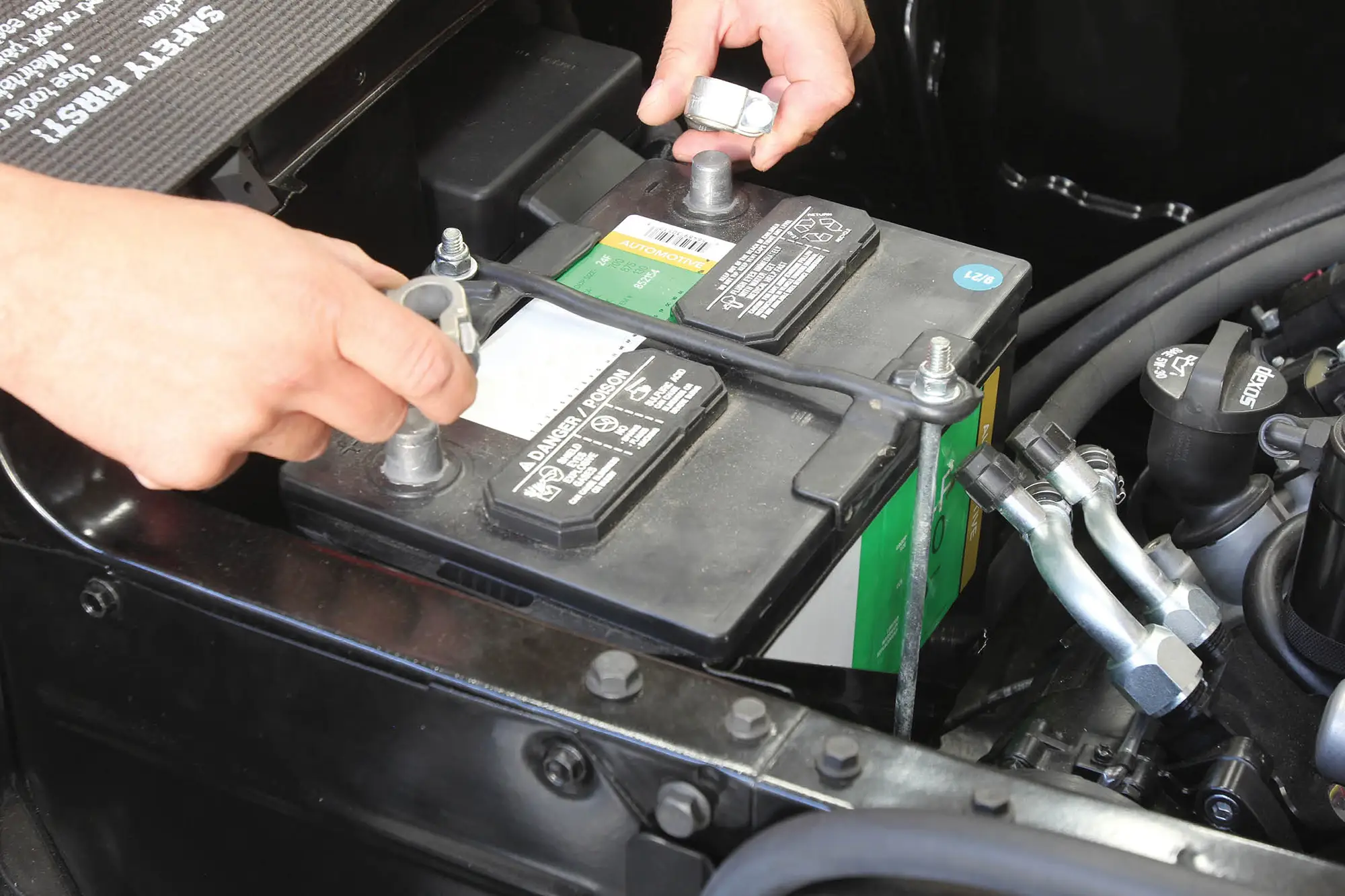

 Photography by The Author
Photography by The Author  Videography by Ryan Foss Productions
Videography by Ryan Foss Productionsproperly charged and maintained battery is a must for any classic car, but especially so when it comes to those equipped with all mod cons like EFI, digital gauges, A/C, and more. The more advanced the component, the more sensitive they seem to be to a steady, reliable 12V signal. Many systems, in fact, will cease to operate properly if provided with anything south of 11 V. That leaves a small margin of error when it comes to the alternator providing steady charge under normal driving conditions or to the battery itself if left to sit idle for too long a period. Leaving a trickle charger attached to that hot rod with an expectant slumber of a period over a week or so has become common practice.
But before we can even worry about proper maintenance of the battery and charging system, we need to be sure that the system’s wiring and cables are properly sized, fabricated, and ran safely across the vehicle to further ensure the system’s reliability and performance. Long runs of battery and charging cables need to be sized properly, securely terminated, and properly protected. As lengths increase, so does diameter size to overcome the resulting resistance in said wire/cable. For example, a 10-gauge wire on a 30-amp circuit has an acceptable run of around 10 feet. Extend the run of that wire another 2 feet and the size requirement jumps to 8-gauge. The longer the wire, the more resistance in the wire, hence the larger size to make up the disparity. Now, this is based on a rough set of specifications related to wire temp and percentage of acceptable voltage drop. A wire that runs through the passenger compartment will see more moderate temps than one that runs from the engine compartment and alongside the exhaust, so other factors need to be considered as well, all based on individual circumstances. Like many things in the hot rod world, these are baselines and not hard and fast rules. Suffice it to say, when in doubt, run a larger-gauge wire.
The foundation for that foolproof charging system comes down to a few simple points. Size the wire correctly and make clean, secure connections, including the grounding circuit. Do this and you should never find yourself stranded, at least not for lack of trying!
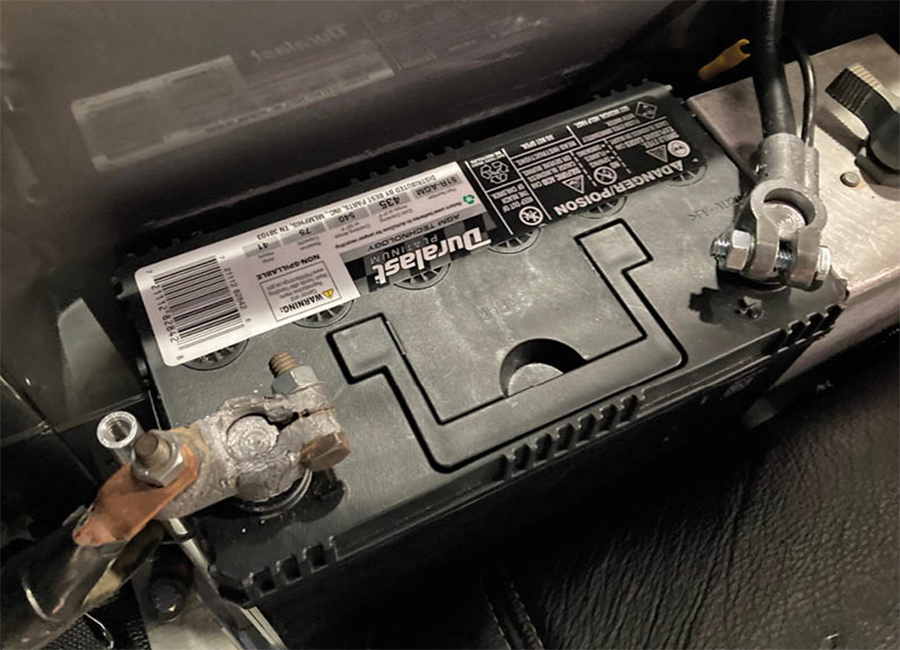


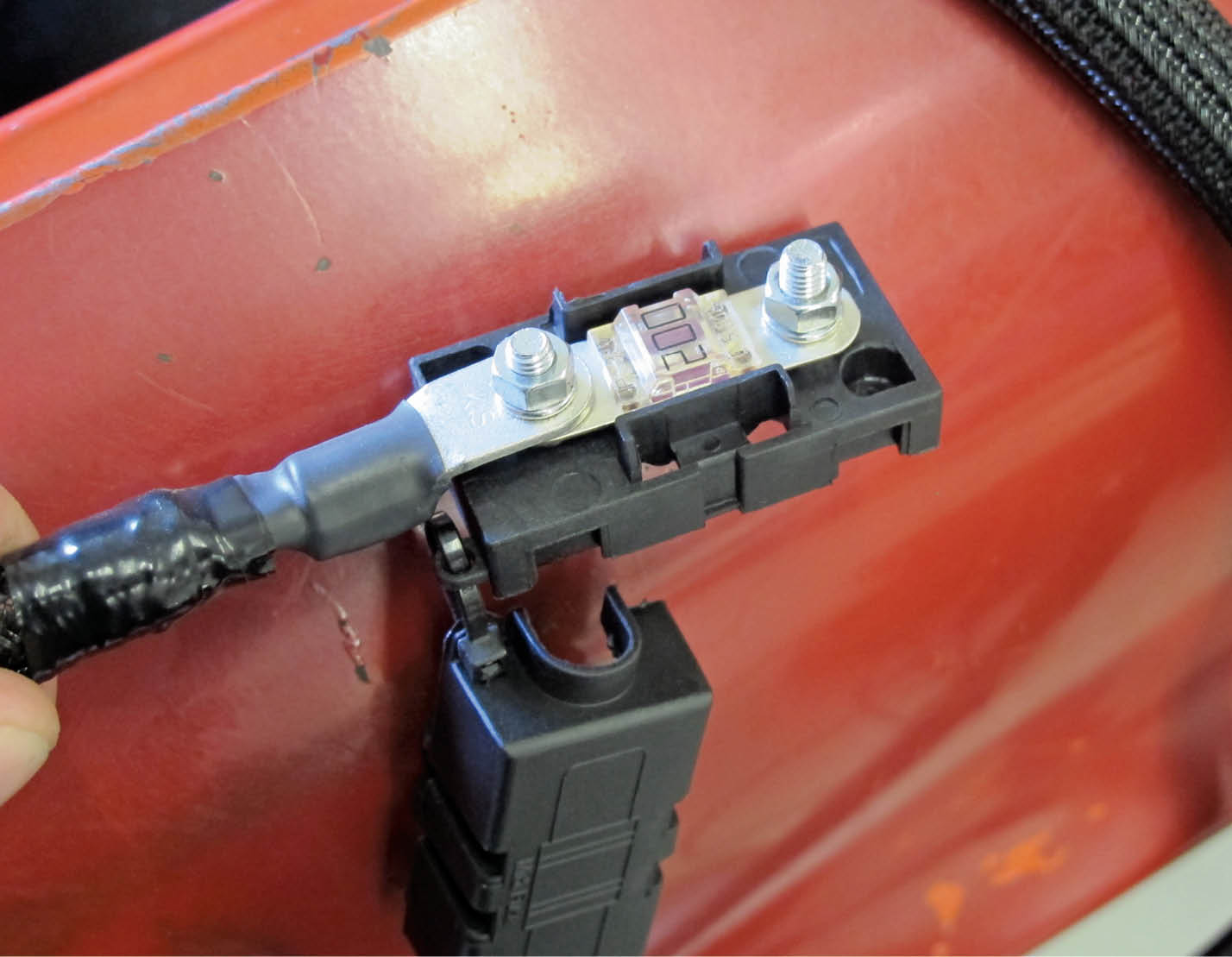
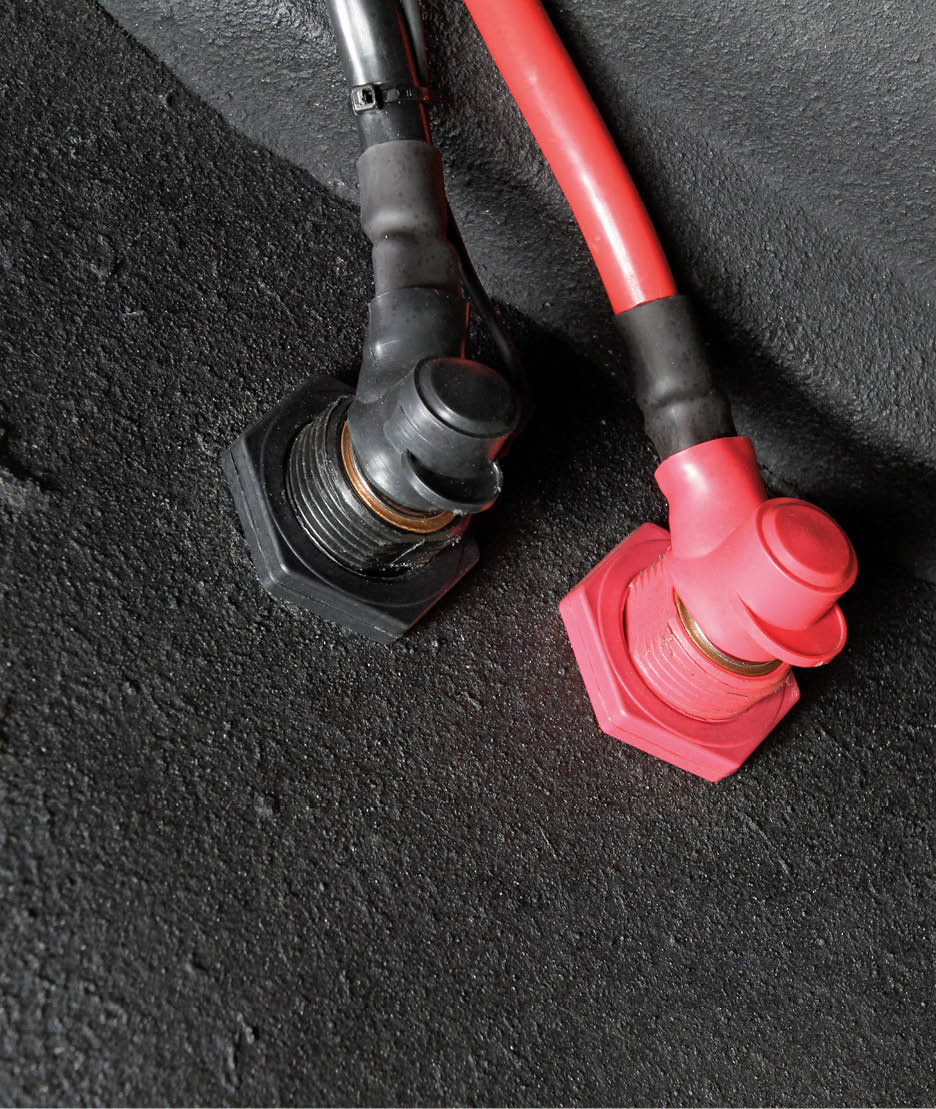
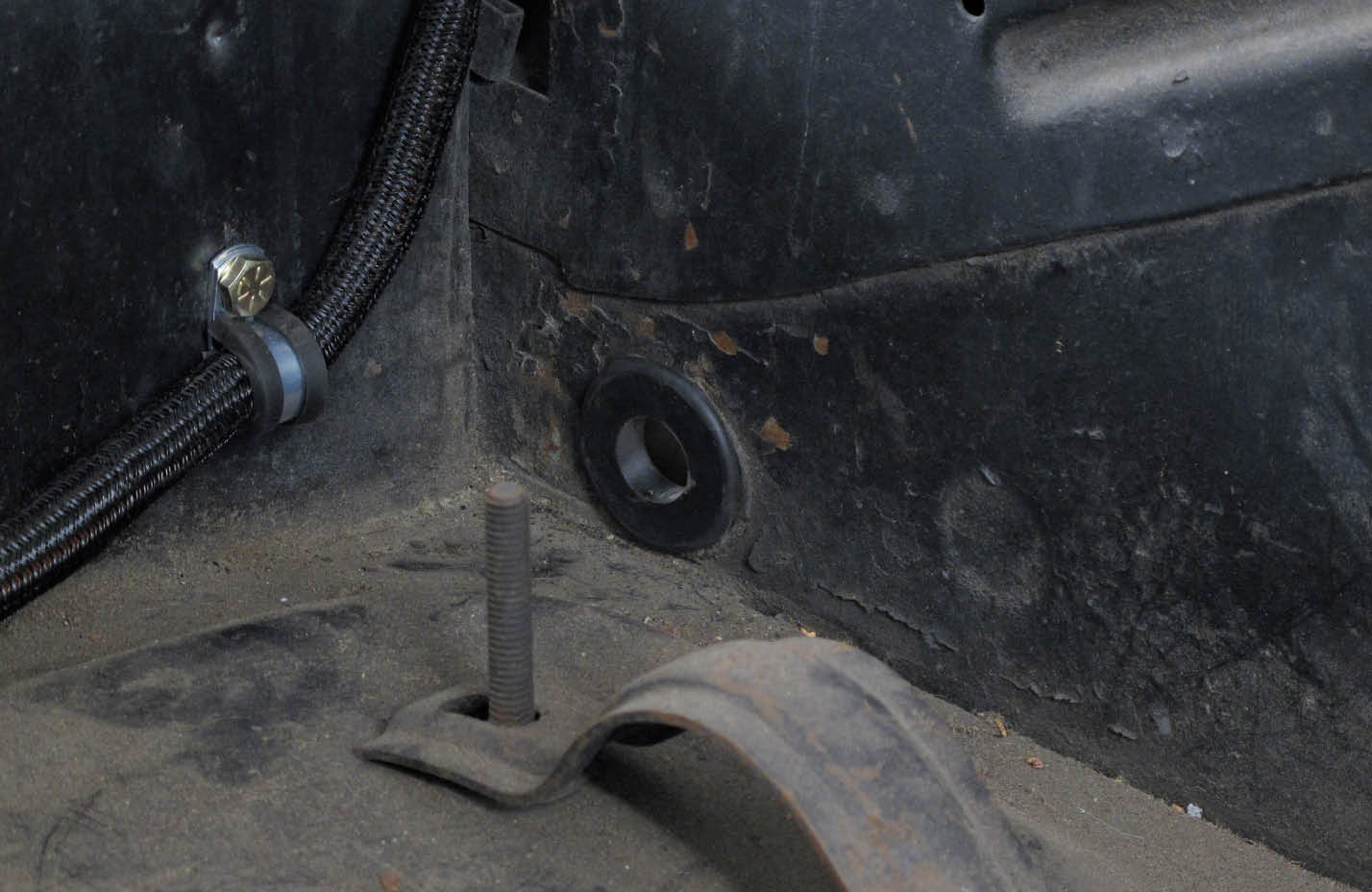

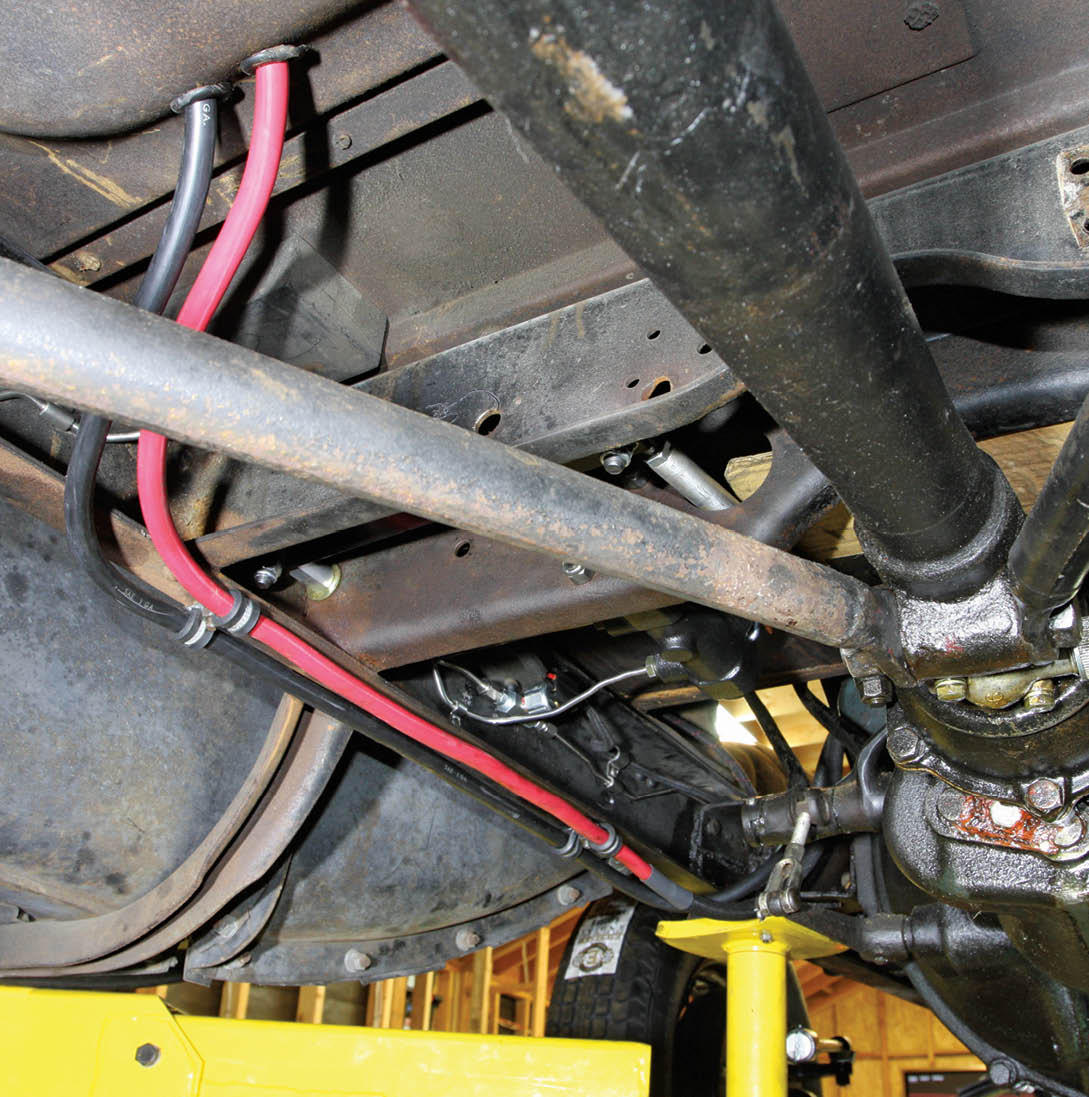


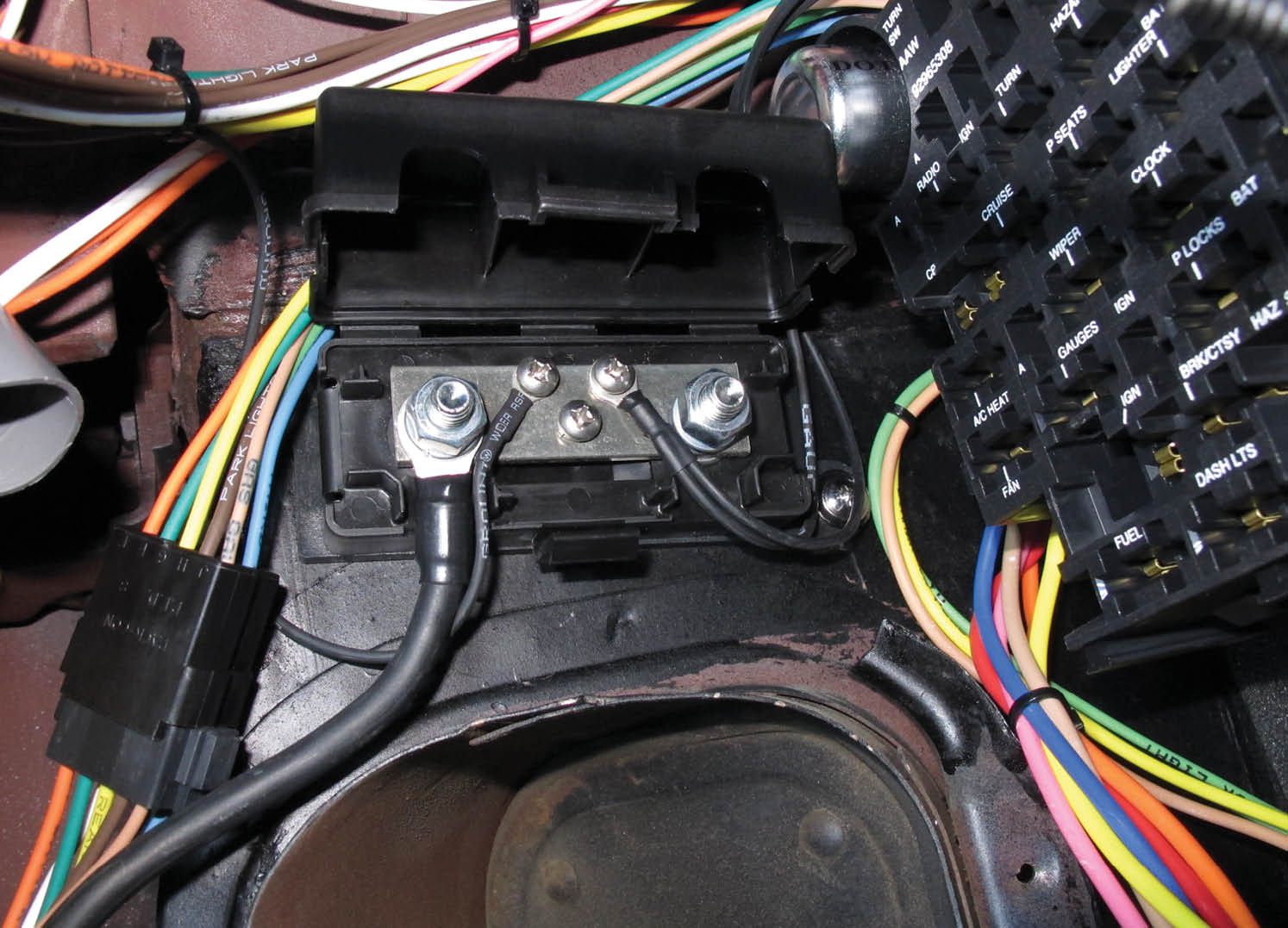

 SOURCES
SOURCES